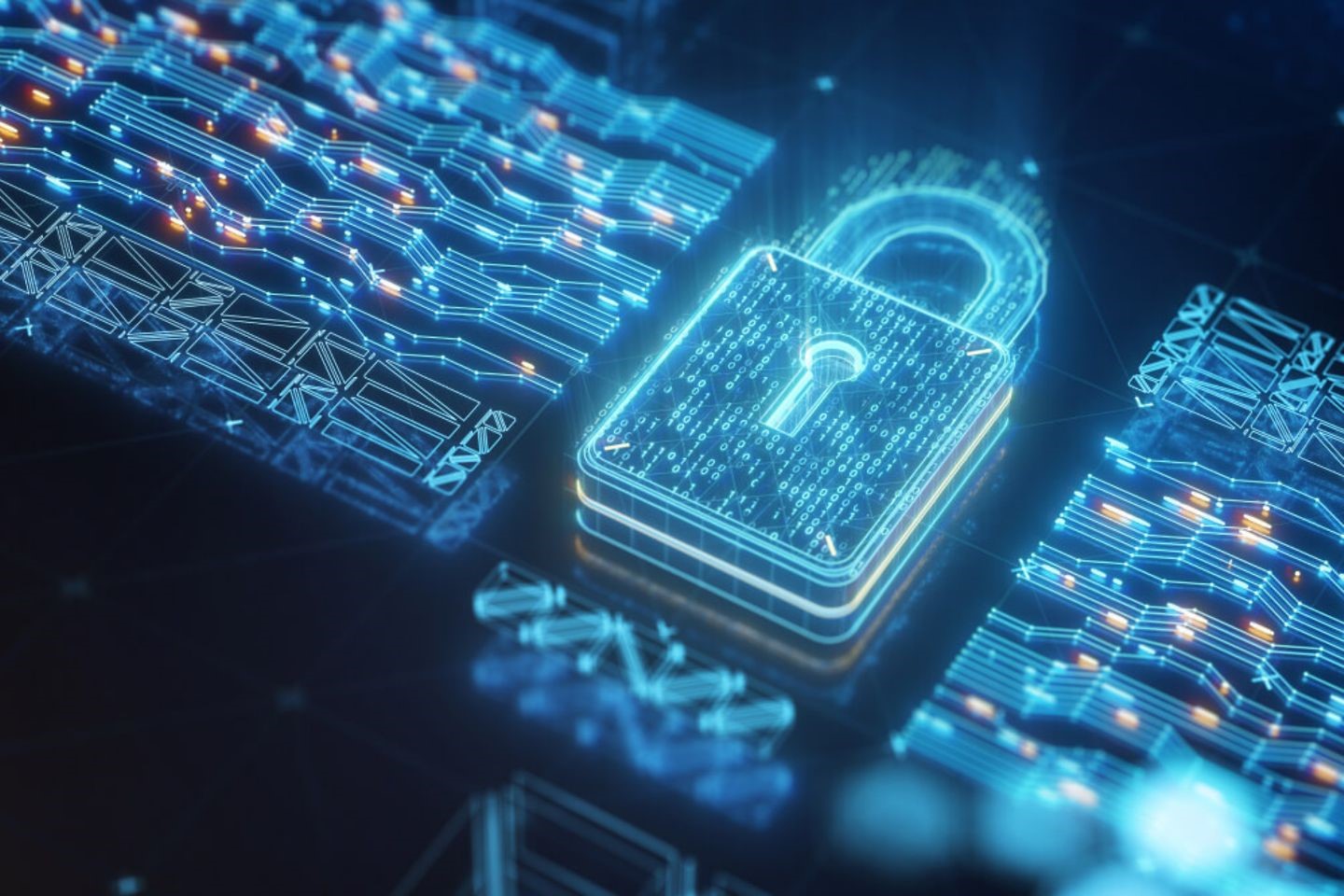Cybersecurity Threats: How Businesses Are Responding in 2024
In 2024, the landscape of cybersecurity threats continues to evolve at an alarming pace, posing significant challenges for businesses across the globe. From sophisticated ransomware attacks to insider threats, the need for robust security measures has never been more critical. This article delves into the current cybersecurity threats and explores how businesses are responding to safeguard their operations and data.
The Evolving Threat Landscape
Ransomware Attacks
Ransomware remains one of the most formidable cybersecurity threats in 2024. Cybercriminals are deploying increasingly sophisticated techniques to infiltrate networks, encrypt critical data, and demand hefty ransoms for its release. The rise of Ransomware-as-a-Service (RaaS) has lowered the barrier to entry for cybercriminals, making it easier for less technically skilled attackers to launch devastating attacks.
Phishing and Social Engineering
Phishing attacks and social engineering tactics continue to be prevalent. Cybercriminals are leveraging advanced AI-driven tools to craft highly convincing phishing emails and messages, tricking employees into divulging sensitive information or clicking on malicious links. These attacks often serve as a gateway for more severe breaches, such as ransomware or data theft.
Insider Threats
Insider threats, whether intentional or accidental, pose a significant risk to businesses. Employees with access to sensitive data can inadvertently or maliciously compromise security. The increasing use of remote work and Bring Your Own Device (BYOD) policies has exacerbated this issue, making it harder for organizations to monitor and control access to their networks.
Advanced Persistent Threats (APTs)
Advanced Persistent Threats (APTs) involve prolonged and targeted attacks, often orchestrated by nation-state actors or highly skilled cybercriminal groups. These attacks aim to infiltrate networks, remain undetected for extended periods, and exfiltrate valuable data. APTs are particularly concerning for industries such as finance, healthcare, and critical infrastructure.

How Businesses Are Responding
Strengthening Endpoint Security
Businesses are investing heavily in endpoint security solutions to protect devices connected to their networks. Endpoint Detection and Response (EDR) tools are becoming standard, providing real-time monitoring and threat detection capabilities. These tools enable organizations to identify and mitigate threats before they can cause significant damage.
Implementing Zero Trust Architecture
The Zero Trust security model, which operates on the principle of “never trust, always verify,” is gaining traction. This approach requires continuous verification of user identities and device integrity, regardless of whether they are inside or outside the corporate network. By segmenting networks and enforcing strict access controls, businesses can minimize the risk of unauthorized access.
Enhancing Employee Training and Awareness
Recognizing that human error is a significant factor in cybersecurity incidents, businesses are prioritizing employee training and awareness programs. Regular training sessions and simulated phishing exercises help employees recognize and respond to potential threats. Creating a culture of cybersecurity awareness is essential for reducing the risk of successful attacks.
Leveraging Artificial Intelligence and Machine Learning
Artificial Intelligence (AI) and Machine Learning (ML) are playing a crucial role in modern cybersecurity strategies. These technologies can analyze vast amounts of data to identify patterns and anomalies indicative of potential threats. AI-driven security solutions can automate threat detection and response, allowing businesses to respond to incidents more swiftly and effectively.
Investing in Threat Intelligence
Threat intelligence services provide businesses with valuable insights into emerging threats and vulnerabilities. By staying informed about the latest tactics, techniques, and procedures used by cybercriminals, organizations can proactively adjust their security measures. Threat intelligence feeds can be integrated into security information and event management (SIEM) systems to enhance threat detection capabilities.
Strengthening Incident Response Plans
Having a robust incident response plan is crucial for minimizing the impact of a cybersecurity breach. Businesses are refining their incident response strategies to ensure swift and coordinated action in the event of an attack. This includes establishing clear communication channels, defining roles and responsibilities, and conducting regular drills to test the effectiveness of the plan.
Adopting Multi-Factor Authentication (MFA)
Multi-Factor Authentication (MFA) adds an extra layer of security by requiring users to provide multiple forms of verification before accessing sensitive systems. MFA significantly reduces the risk of unauthorized access, even if login credentials are compromised. Businesses are increasingly implementing MFA across all critical applications and services.
Securing the Supply Chain
Supply chain attacks, where cybercriminals target third-party vendors to gain access to larger networks, have become a growing concern. Businesses are taking steps to secure their supply chains by conducting thorough risk assessments, implementing stringent security requirements for vendors, and continuously monitoring third-party access.
Emphasizing Data Encryption
Data encryption is a fundamental component of cybersecurity. Businesses are ensuring that sensitive data is encrypted both in transit and at rest, making it more difficult for cybercriminals to access and exploit. Advanced encryption standards and key management practices are being adopted to safeguard critical information.
Regulatory Compliance and Standards
Compliance with regulatory requirements and industry standards is essential for maintaining robust cybersecurity practices. Businesses are aligning their security measures with frameworks such as the General Data Protection Regulation (GDPR), the Health Insurance Portability and Accountability Act (HIPAA), and the Cybersecurity Maturity Model Certification (CMMC). Adhering to these standards helps organizations mitigate risks and demonstrate their commitment to protecting data.
Conclusion
As cybersecurity threats continue to evolve in 2024, businesses must remain vigilant and proactive in their defense strategies. By strengthening endpoint security, implementing Zero Trust architecture, enhancing employee training, leveraging AI and ML, investing in threat intelligence, refining incident response plans, adopting MFA, securing the supply chain, emphasizing data encryption, and ensuring regulatory compliance, organizations can better protect themselves against the ever-changing threat landscape.
The battle against cyber threats is ongoing, and businesses must continuously adapt to stay ahead of cybercriminals. By fostering a culture of cybersecurity awareness and investing in advanced security technologies, companies can safeguard their operations, protect sensitive data, and maintain the trust of their customers and partners.




